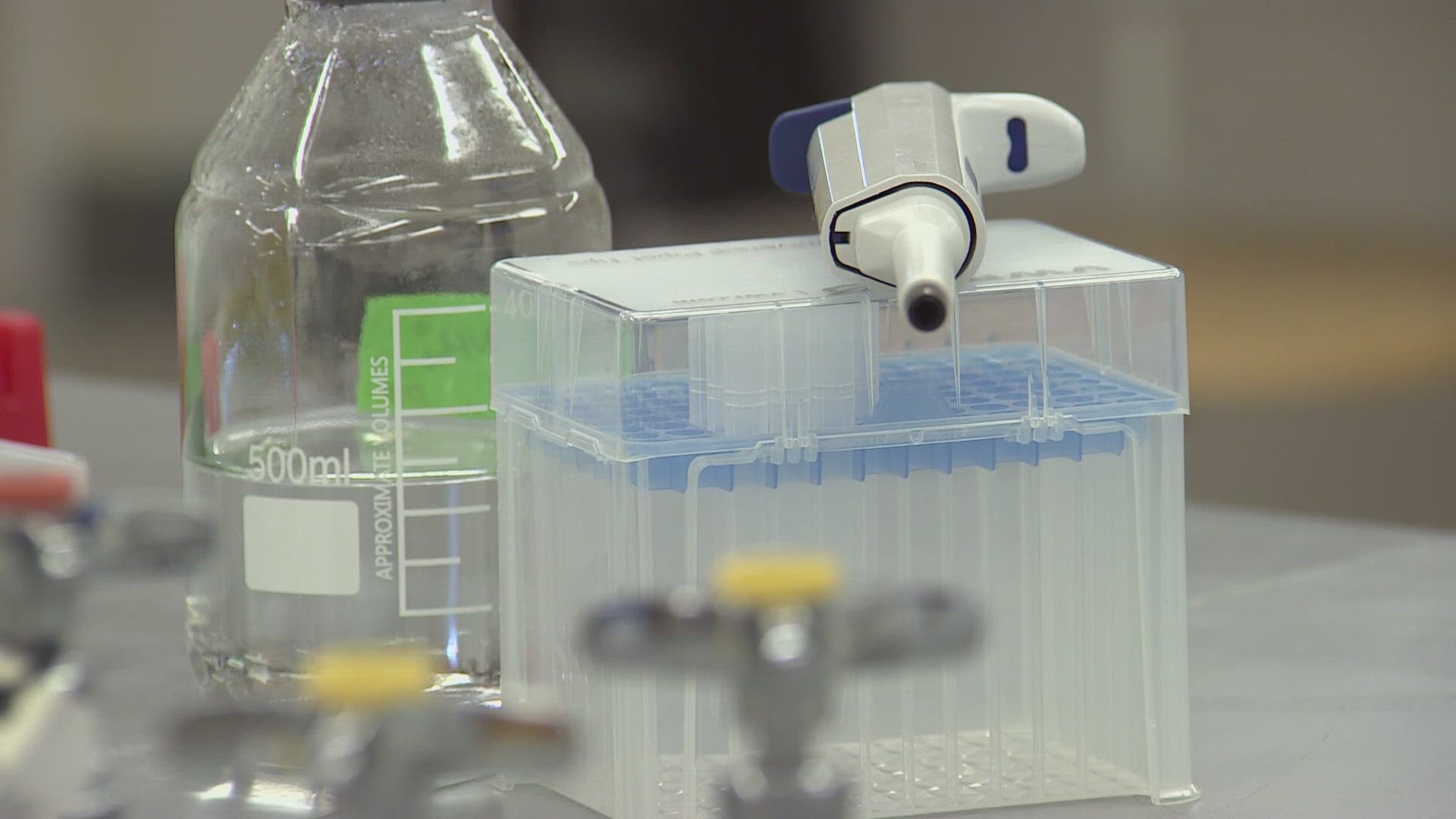SEATTLE — In a massive country-wide study, the EPA now has an idea of which harmful contaminants called "forever chemicals" or PFAS are found in public water systems.
"This is just the first wave of reporting across the country and it's only about 15% of sites being tested," said Phil Thompson, a civil and environmental engineering professor at Seattle University.
He said these contaminants are organic chemicals from fire retardants or non-stick coatings on pots and pans.
"It turns out if you are exposed to them, they can be very toxic," Thompson said.
According to the EPA, exposure can increase certain cancer risks among other ailments.
"The health impacts for PFAS can be for very, very small concentrations. If you can measure PFAS, that's going to be problematic health-wise," Thompson said.
The EPA highlighted water systems with contaminants detected above the agency's minimum reporting level. We created a map showing varying degrees of contaminants with the darker shades indicating the highest levels. If you zoom in, you can see levels detected at JBLM and Sammamish Plateau Water. The highest levels by far were in Artondale, near Gig Harbor.
"Unfortunately it's something we found in our water in 2016 and we've been trying to understand what we need to do to address it," said General Manager, Jay Krauss.
According to Krauss, the levels tested for Sammamish Plateau Water are below Washington state guidelines. The EPA has proposed regulations, but nothing official and treatment options are costly.
"The challenge is making sure a $40 million investment accomplishes what we need to meet these regulations," said Krauss.
It's a financial burden Thompson said, that will impact everyone.
"It's going to be a very costly development for the whole country in terms of the entire treatment that's going to be required or switching people to different water sources will be very expensive," he said.
At Sammamish Plateau Water, the source of contamination is from firefighting foam seeping into well water. "As a water utility, we didn't cause it but unfortunately our customers will be burdened with the financial responsibility of providing clean water."
Krauss said in 2022, Sammamish Plateau Water received a Federal Appropriation of nearly $1.6 million and has yet to be able to access that money to go toward their treatment plant.

